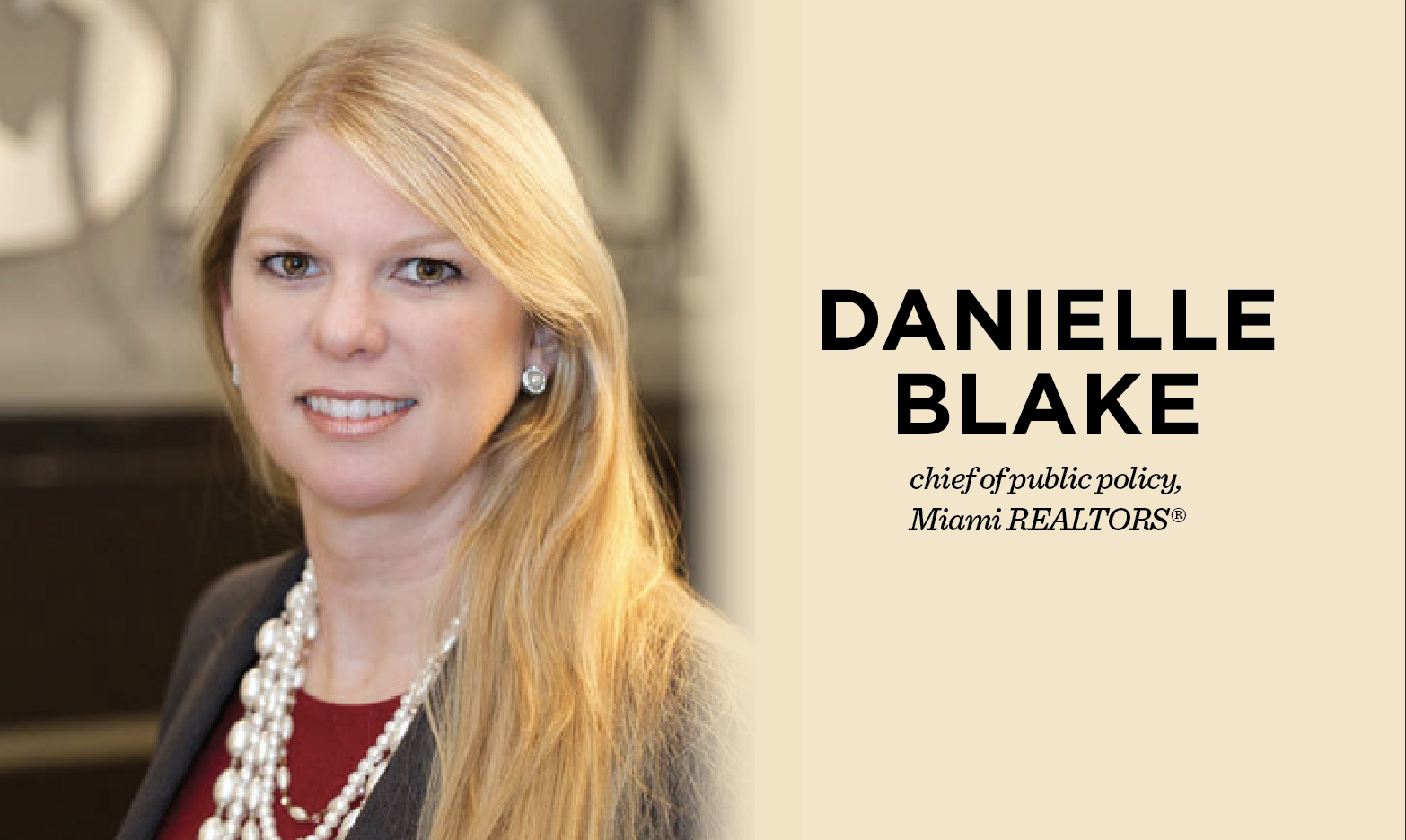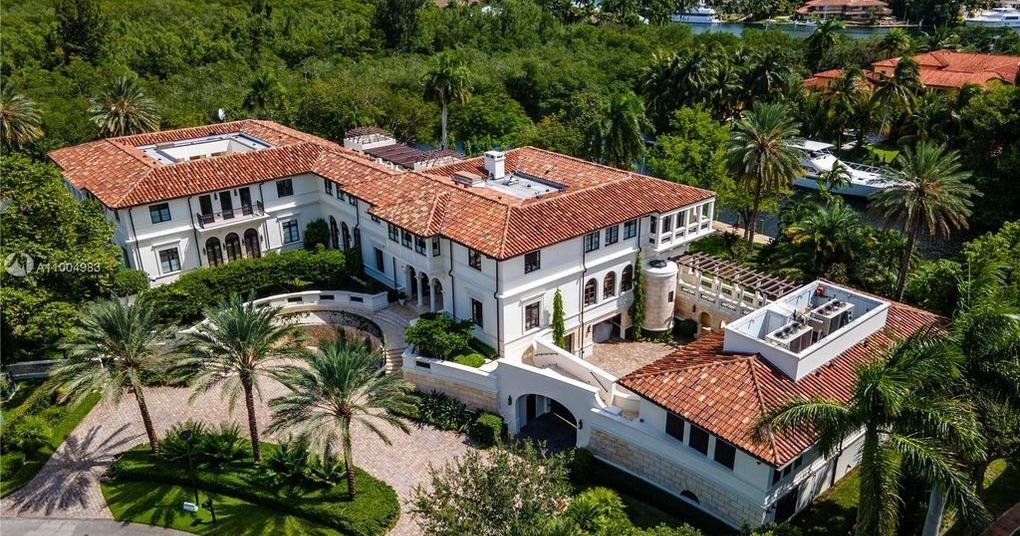MIAMI Realtors, innovative pioneers addressing housing affordability
When Miami was ranked one of the least affordable housing markets in 2015, the leaders of MIAMI Realtors came together to brainstorm solutions. Some of the ideas from that meeting were: container homes, accessory dwelling units (ADUs), overlay zones, micro-units, teacher housing on campus, repurposing underutilized commercial space (now known as adaptive reuse), community land trusts, houses of worship and housing in parking garages.
Taking a very proactive approach, MIAMI Realtors decided to build a container home to study the barriers to construction and affordability. We converted two shipping containers into an affordable housing unit in South Miami with the target of selling it to a buyer at 80% of the area median income. With the assistance of a grant from the National Association of REALTORS® and the transfer of a parcel of land from Miami-Dade County, we were set to build.
Miami-Dade Mayor Daniella Levine Cava hosted a Housing Summit last month, incorporating many of these concepts. Her team has asked us to share our experience with the container home to help other companies, like Sheltainer Homes. They exhibited at the Summit and are ready to bring affordable container homes to South Florida.
Here are some of the important lessons from our building adventure that we would like to share:
1. Excessive Regulations – When Housing and Urban Development (HUD) Secretary Ben Carson unveiled his affordable housing plan in 2019, he said, “There are certain regions of the country where there are enormous restrictions, zoning restrictions, all kinds of regulatory problems — those are the places where the (housing) prices are the highest. Most of the things that are driving (up) the cost are not national things, they’re not federal things — 80-plus percent of the cost is done at the state and local level.” This was certainly the case with our project.
Although the City of South Miami was a partner for this study, they have an outlined process that everyone must follow. This includes receiving approval from the Environmental Review and Preservation Board (ERPB) prior to the application for building permits. This committee reviews all site plans, landscaping, open space, etc. Applicants must appear before this board twice.
South Miami’s code requires three trees and 50 shrubs in landscaping for our very small lot (3,200 sq. ft.), which we submitted as part of our original plans. ERPB wanted to see more and recommended that we hire a landscaping architect before our second review. (Note: A landscaping architect is not required under the code and was not part of our original budget.) This request increased our expenses by $4,500 and was the most expensive professional fee during the initial building phase. Additionally, an ERPB board member requested that we add architectural elements to the windows. This is another example of how personal taste is interjected into the design process, driving up costs.
The landscaping architect’s new plan included seven trees and 143 shrubs. It was excessive. When we received the initial quote to fulfill the approved plan, it was $25,000 and included an irrigation system to maintain the greenery. Our general contractor, who specialized in affordable projects, said that he usually spends no more than $5,000 on landscaping. From our first meeting with staff to receiving ERPB’s final approval, it took 11 months. Only then were we cleared to apply for the building permits.
2. Affordability – There are two cost-saving measures that are very impactful and greatly contribute towards affordability with container homes:
(1) Shipping containers can be repurposed off-site and mass produced through an assembly line.
(2) The Florida Building Code allows a registered architect or engineer to conduct certain inspections off-site, assume responsibility for those inspections and submit an affidavit attesting that the work conforms to the technical codes.
On Oct. 22, 2018, halfway through our build, Miami-Dade County’s RER Department, specifically its Division of Board and Code Administration (BORA), decided that all shipping containers used for residential or commercial use must obtain a permit to be built onsite and that all inspections must be reviewed by the building department to achieve compliance with the Florida Building Code. This one change greatly contributed to the decision for Little River Box Company to permanently close its business. Unless reversed, it will be near impossible for Miami-Dade residents to live in affordable container homes.
3. Water and Sewer – Water connection is handled by the county and sewer connection is handled by a private contractor via the county’s permitting process. We budgeted for $10,000-$15,000 for a sewer lateral to connect the house to the main sewer line. Our first quote was over $40,000. The second was $32,000 and the third was $20,000. As you can see, these charges greatly varied. Our recommendation is for the county to streamline this process, especially considering our next finding.
4. Resurfacing Asphalt – The City of South Miami does not allow patched asphalt resurfacing, so when the county connected the water line, we needed to resurface the entire street. Once we were ready to connect the sewer lateral one year later, we once again had to resurface the entire street. We recommend that both be handled at the same time to reduce overall costs.
For more information on this project, visit miamirealtors.com/containerhome.
Danielle Blake is Chief of Public Policy for MIAMI Realtors.



